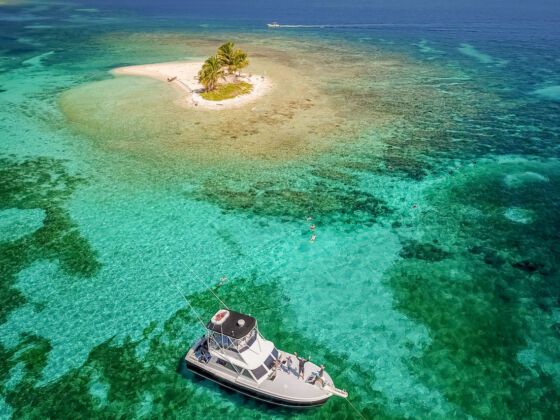1. Cayos Cochinos
With Roatan’s installation of a cruise ship terminal several years back, the island isn’t the haven it once was for divers and beachgoers seeking seclusion. That experience now belongs to the Cayos Cochinos, two tiny islands (and 13 small cays), which sit a stone’s throw from Roatan.
Cayo Grande, the larger of the islands, has no roads; a hiking trail connects the residences and beaches. The only accommodations you’ll find are the Turtle Bay Eco Resort and the local Garifuna villages, and it’s this lack of development that makes for some of the best diving in the world.
